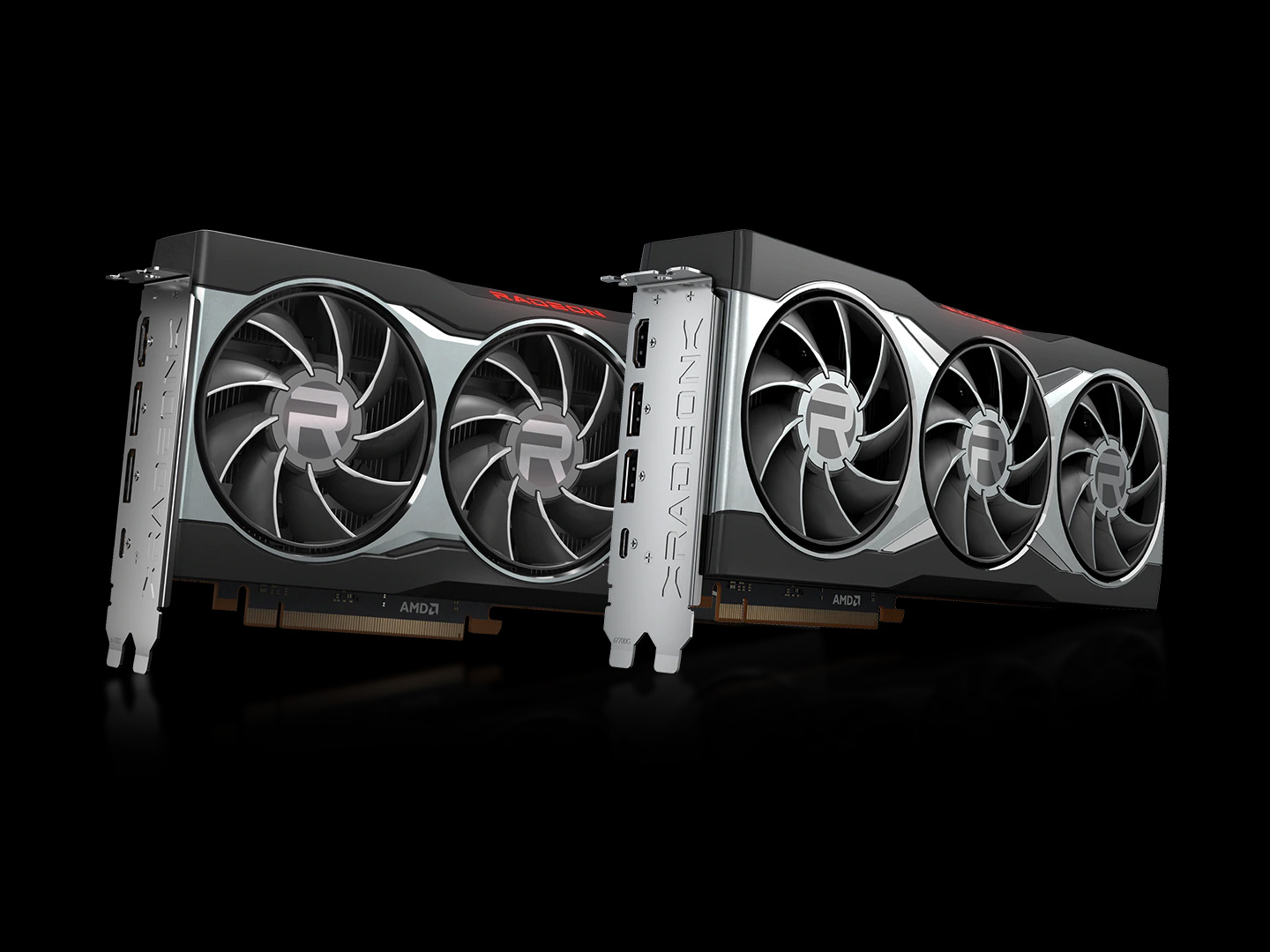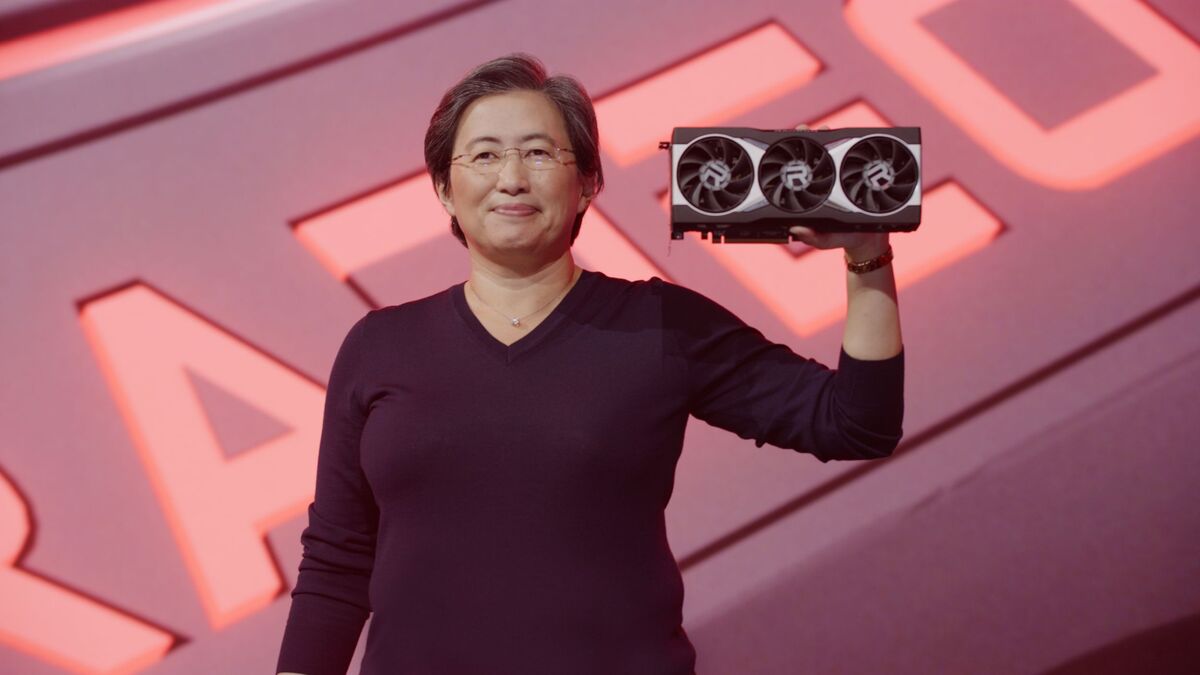Just a few hours ago, AMD revealed its new Radeon graphics cards for the upcoming year, code-named “Big Navi”. We’d heard of a new card system that apparently would stand up to the cards released by rival Nvidia. AMD gave fans that, and more. They even talked about implementing an AMD version of DLSS 2.0, showing they don’t fear Nvidia any longer.
AMD is a rising star in the market. Nowhere near as omnipresent as Nvidia’s graphics cards, they’re making up for that by offering you deals that put the competition to shame. In a few short years, they’ve made a name for themselves with their computer processing units, called the Ryzen series, and they’re looking to do the same with their newest graphics cards. The new console generations will both rely on AMD chips to channel their power, and that’s just the tip of the iceberg.

Looking at the not one, not two but three new cards announced today, it’s clear to us that AMD is going for the kill. The new cards are called the RX 6000 series, and that’s about where the simplicity in naming ends. The cards range in price, with the lowest being the Radeon RX 6800, accompanied by a midrange sibling, the Radeon RX 6800 XT. The highest-priced card, the Radeon RX 6900 XT, seems to be at the top of the food chain, competing against Nvidia’s RTX 3090 card.
Radeon graphics cards upset Nvidia’s fragile ecosystem
This year, AMD copied Nvidia’s launch strategy, but with one key difference. Even their cheapest card is much better than Nvidia’s mid-ranger. So the strategy isn’t to displace the die-hard Nvidia consumer who can afford the $1,500, most high-end gaming card. The goal is to divert the majority of consumers who buy in the lower price ranges towards AMD.
The RX 6800, the lowest priced, is better than not only Nvidia’s RTX 3070 but also the next in Nvidia’s lineup. The RTX 3080, which costs more, performs worse. And what makes matters worse, Nvidia is having real trouble getting their products to distributors. They’ve already sold out of stock, and things might not get any better until 2021. So if you actually want to get your hands on an RTX 3080, you have to be very lucky. Or willing to pay twice as much as it costs off eBay.
AMD talks about super sampling in development
The only thing Nvidia has that AMD doesn’t currently is DLSS. Well, to be more specific, DLSS 2.0, since the first iteration was a mess. For those of you who might not be familiar, DLSS is all about using AI to upscale an image. In layman’s terms, it’s about making your computer do all the heavy lifting of rendering graphics, why not let an AI program upscale lower resolutions to higher ones instead. So your computer can churn out low-quality images easily, while the AI fixes them.
There are a few downsides, but the advantage of having more computing power to increase framerates makes up for them. AMD didn’t have this technology yet, but they announced that they are already developing it for all platforms. So the PS5 and Xbox Series X may get it too. We don’t have anything concrete yet, but it wouldn’t be the first time Radeon cards showed Nvidia up. After all, they do ray tracing just fine, without having to downgrade resolutions.
AMD’s priciest Radeon card can hold its own against Nvidia
The last card to discuss is the RX 6900 XT, which is priced at $999, making it cheaper than the $1500 RTX 3090. AMD’s performance is about the same as the much more expensive card, but only when pushed to its limits. Still, at the high-level performance both cards push out, this isn’t a significant difference.
What is significant is that you can buy Radeon cards as they’re released. There is going to be a window of about a few months where the only next-gen cards on the market will be Radeon ones. Nvidia may keep the crown, but Radeon is the fan-favorite this year.


